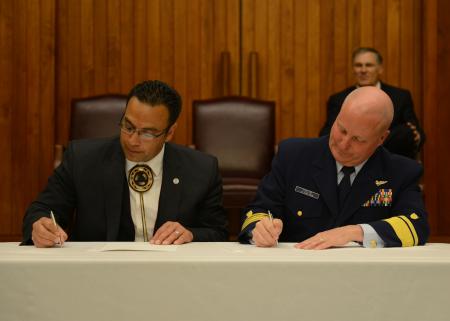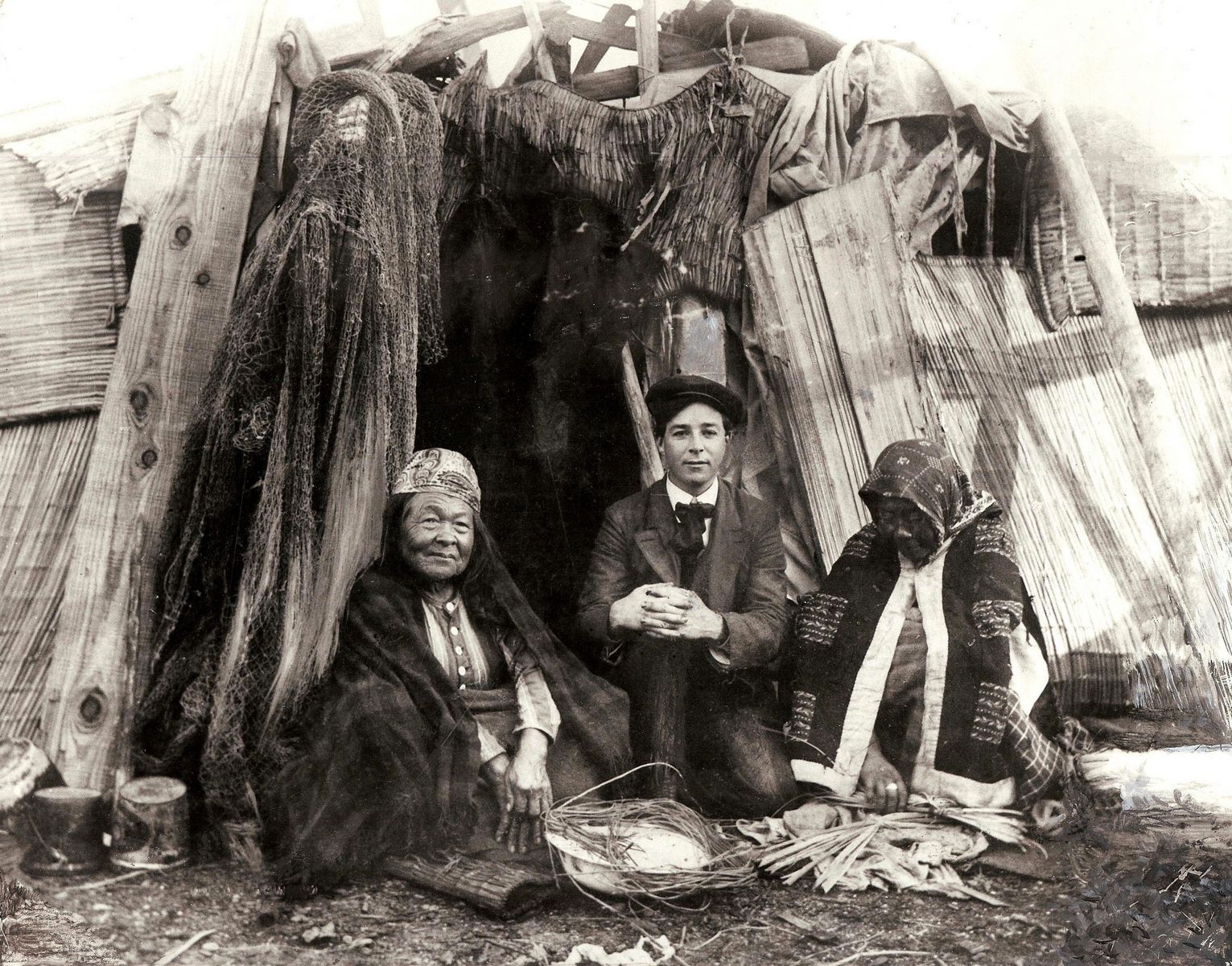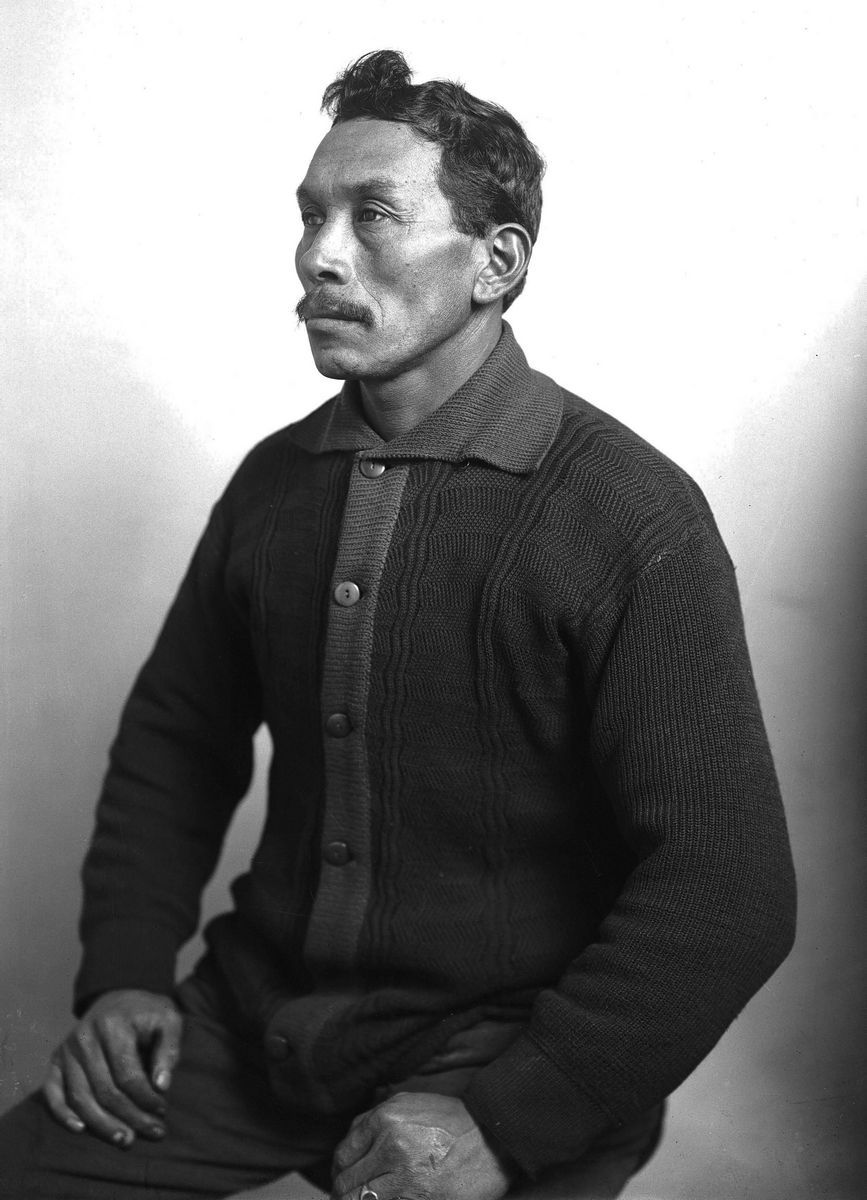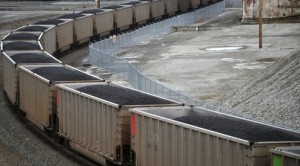By Lauren Salcedo, The Marysville Globe

Samantha Love, left, and Linda Goldberg smile as they prepare to complete the Snohomish County Walk MS at the Tulalip Amphitheatre on Saturday, April 13.
TULALIP — As rain, wind and chilly temperatures plagued Western Washington on Saturday, April 13, hundreds of participants from around Snohomish County withstood the weather to complete the Walk MS in support of those with multiple sclerosis — a disease which, like rain, is more prevalent in the Pacific Northwest.
Marysville’s Samantha Love and her team co-captain Linda Goldberg represent the varying degrees of the disease.
“This is all about awareness. We show both sides of the spectrum. I’m an advanced MS person and Samantha is in the early stages. Hopefully, we can find something that can stop it cold,” said Goldberg. “I think the awareness is important. Because we are both so fabulous on a regular basis, nobody really understands what it really means and all of the different levels of MS. We did all our fundraising through small donations. We’ve had over 200 individual donations to our team, which means that there are now 200 more people who understand and have shared with everybody else the story of MS. We are not invisible as we used to be.”
Goldberg has known Love since she was a child and their diagnoses brought them closer together.
“My daughter was friends with Samantha’s sister Lauren, and Samantha was her little sister. We knew her as a little child running around being crazy, and then she grew up and was diagnosed with MS at age 20, and I had been diagnosed probably about the same time,” said Goldberg. “Everybody started emailing me and saying that Samantha was just diagnosed, so we started emailing and Facebooking each other and supporting each other. This year we came together because she was having struggles with her MS, as was I, and she said, ‘You’re joining the team, aren’t you?’ and she talked me into it. Now we are lovely co-captains and best of buddies, I’m her stand-in mom, and she’s my stand-in cheerleader and my energy infusion and best-bud. She is keeping us together.”
Love was happy to have Goldberg join her on their team.
“I did the walk last year,” she said. “We had a really small team with only four people including myself, and we only raised about $800. This year, as soon as Linda signed on, it got humongous and we have more than 27 team members and $18,000 raised in a month and a half. We just want a cure. People will say, ‘Oh, but you look so good, we would have never guessed you had MS,’ and it’s not until we are in the hospital that they realize that it’s not going away.”
Goldberg was not sure if she would be able to participate in the walk this year because she was struggling with her illness.
“I just got out of the hospital yesterday,” she said. “I wouldn’t miss this, though. We are energized and ready to go.”
The National MS Society hosted seven walks across the state of Washington on April 13, and another in Seattle on April 14.
“Our fundraising goal is $2 million total for the eight walks throughout Washington,” said Jessica Kurtz of the National MS Society. “People have been fundraising for the last few months, and a lot of people have been bringing in donations today. The pledge deadline is May 6, so people can keep bringing in donations until then.”
Kurtz hoped that the Walk MS would raise awareness in the community.
“I think that with the weather the way it is, we could have had a lot of people not show up, but it just shows that the MS community here is strong and people are willing to come out and support their community, and it’s great. There’s a lot of people here. MS is the most prevalent in the Northwest, and you may think that you don’t know someone living with MS, but you probably do. Once somebody in your family or a friend has been diagnosed, it affects you and it affects everybody. This is a great event for people living with MS to come out and see how many people support them. People are just so excited to see all the encouragement, and it makes them feel really good.”
For more information on the Walk MS, or to donate, email walkMSnorthwest@nmss.org.














